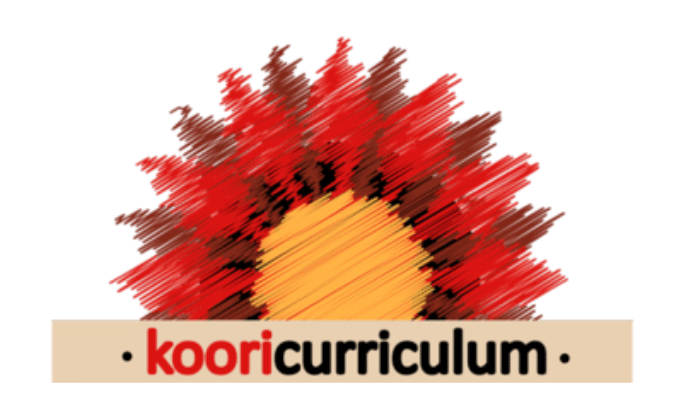As educators committed to reconciliation, understanding and implementing reconciliation initiatives helps us create learning environments where every child thrives.
By fostering cultural safety and respectful engagement, we align with the Early Years Learning Framework (EYLF) 2.0’s emphasis on respect for diversity and building community partnerships.
“Reconciliation must live in the hearts, minds and actions of all Australians as we move forward, creating a nation strengthened by respectful relationships.” – Reconciliation Australia
Let’s unpack common myths and centre Aboriginal voices to support community-led solutions:
Myth #1: "Reconciliation is solely about addressing historical injustices."
Reality: While acknowledging past injustices is crucial, reconciliation is an ongoing process that involves building respectful relationships between Aboriginal and Torres Strait Islander peoples and non-Indigenous Australians. It's about working together to create equitable opportunities and shared understanding in the present and future.
Myth #2: "Implementing reconciliation initiatives is too complex for early learning settings."
Reality: Reconciliation can be woven into everyday practices in early childhood education. Simple actions like acknowledging Traditional Owners, incorporating Aboriginal perspectives in the curriculum, and fostering inclusive environments make a significant impact.
Myth #3: "Reconciliation is only relevant to areas with high Indigenous populations."
Reality: Reconciliation is a national journey that involves all Australians, regardless of location. Every educational setting has a role in promoting understanding and respect for Aboriginal and Torres Strait Islander cultures.
Myth #4: "Non-Indigenous educators should not teach about Aboriginal cultures."
Reality: While it's important to involve Aboriginal voices, non-Indigenous educators can respectfully include Aboriginal and Torres Strait Islander histories and cultures in their teaching. This supports cultural safety and broadens all children's understanding.
Myth #5: "Reconciliation initiatives are costly and require extensive resources."
Reality: Many reconciliation actions are cost-effective and focus on relationship-building and education. Resources and support are available to assist educators in implementing initiatives within their means.
Actionable Steps for Educators:
-
Develop a Reconciliation Action Plan (RAP): Implement a RAP in your educational setting to formalise your commitment to reconciliation. Create a RAP with Narragunnawali.
-
Engage in Professional Development: Attend workshops and training focused on embedding Aboriginal perspectives
-
Build Community Partnerships: Establish genuine relationships with local Aboriginal communities to ensure respectful engagement and culturally appropriate practices.
-
Integrate Learnings into EYLF-Aligned Practice: Reflect on EYLF Outcome 2.0 by embedding cultural responsiveness in daily activities. Incorporate Aboriginal stories, songs, and art to enrich the curriculum and foster an inclusive environment.
“Education is the most powerful weapon which you can use to change the world.” – Dr Chris Sarra
Join the Koori Curriculum Club for ongoing professional development opportunities that help you implement reconciliation initiatives effectively in your educational setting including monthly masterclasses, lesson plans, facts sheets, and professional development webinars.




